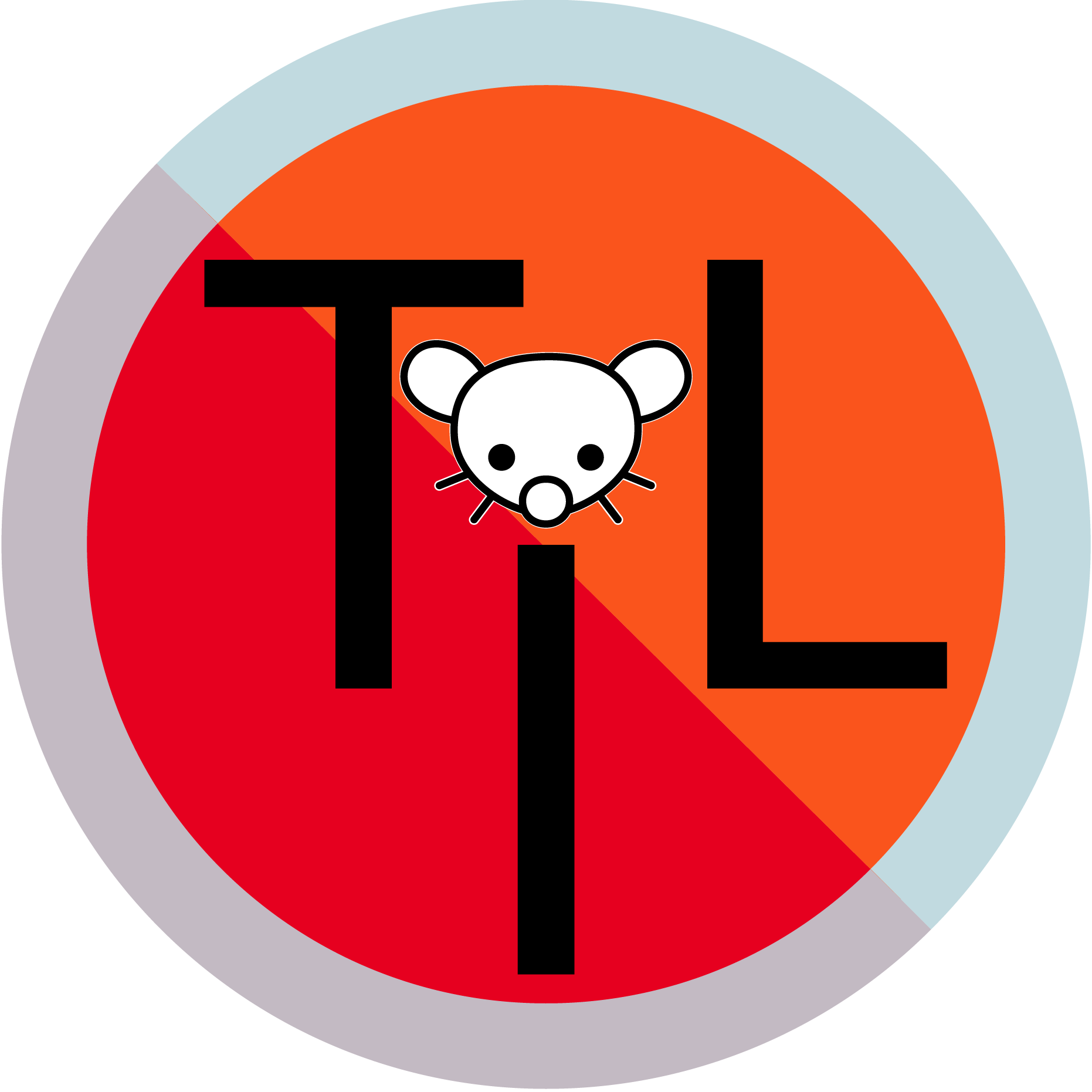Learned about it from this episode of the Team Human podcast
But what is happening in Hong Kong is they come up with a slogan, which is translated as Do Not Split, which is, we know that some people are willing to be confrontational with riot police.
And when they are, that’s going to cost the state in terms of not only resources, but it’s going to cost the state in terms of political capital and support. And we know that there are some people who are not willing to do that. And we are going to abide by the protocol of Do Not Split, which means that we’re not going to criticize them openly, and they’re not going to criticize us openly.
If we’re the pacifists, we’re not going to have them criticize us for being sort of like, I don’t know, limpid or flaccid or not courageous or whatever. And we’re not going to criticize them for being more confrontational. And the thing is that the support is also tacit.
It’s not like they have to come out and tell the media, oh, we approve of our more sort of confrontational colleagues. They just keep quiet. They just keep quiet.
Understanding that a range of tactics is probably going to be necessary. Nobody really knows what’s going to work. But if everybody’s pushing back against a particularly violent state, then everybody’s really on the same side.



Something else I appreciated: